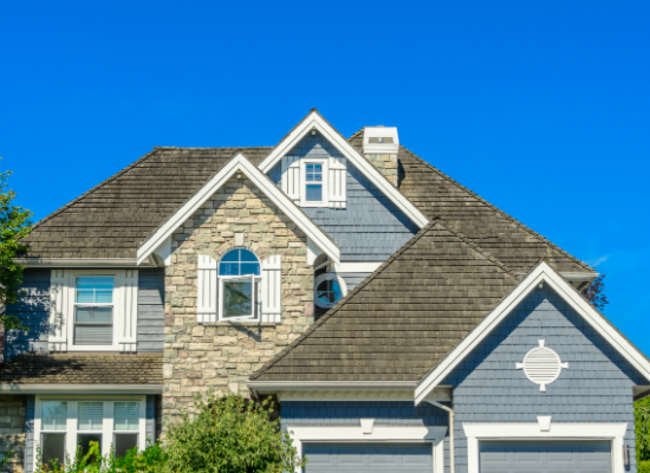

We may earn revenue from the products available on this page and participate in affiliate programs. Learn More ›
Home Advice You Can Trust
Tips, tricks & ideas for a better home and yard, delivered to your inbox daily.
By signing up you agree to our Terms of Service and Privacy Policy.
You're Not Ready for Goodbye

Selling a house isn’t like selling a car; a home is wrapped up in so many memories and emotions. If you aren’t emotionally ready to pull up stakes, then hold off on listing your house. “Otherwise, there’s room for self-sabotage,” says Brendon DeSimone, real estate expert at Zillow. “You could set the price too high, ignore recommendations from your agent, or miss spots in cleaning the house.”
You Haven't Started Packing
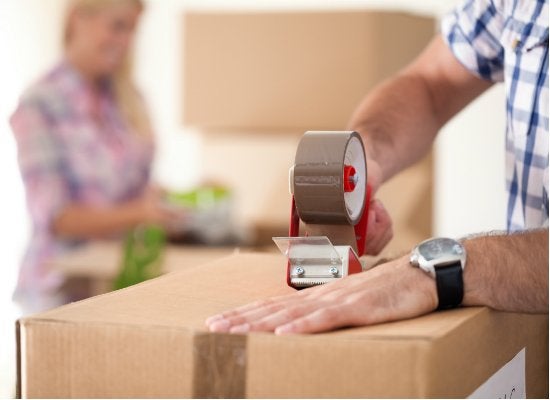
A cluttered home filled to the brim with furniture and collections may be overwhelming to potential buyers. It’s wise to begin planning for the move even before you put your house on the market. “Take all the stuff you won’t use for six months and put it in a storage locker—that’s the smartest $20 to $30 you can spend during this process,” DeSimone says.
You Didn't Hire a Cleaner
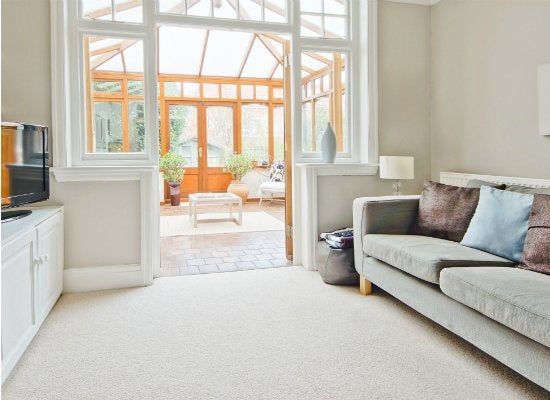
“Definitely hire a professional cleaner,” says Gary Rogers, regional vice president of the National Association of Realtors. This isn’t meant to be an insult to your cleaning abilities. A professional steam-cleaning can make old carpet seem new again, and streak-free windows let in more sunlight. If you’re not ready to hire out, at least call in a friend to help find and attack any last dirty spots.
You Stayed for the Showing

“A lot of times owners want to be there at the showings to point things out,” DeSimone says. “They think, ‘It’s my house, and I know it better than anyone.’” But buyers want to dig through the cabinets and closets, peek behind doors, comment on likes and dislikes, and be comfortable—and that won’t happen with you around.
You Left the Windows Closed
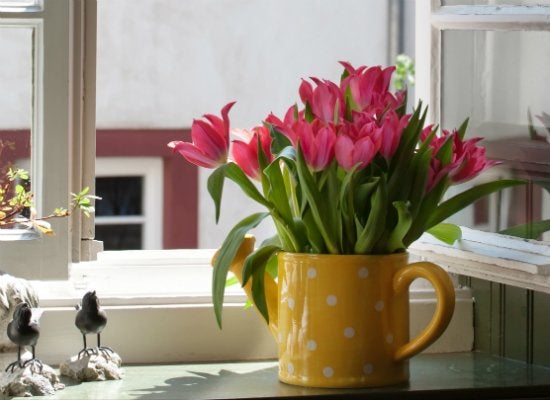
Before buyers arrive, try to make your house appeal to all the senses. “Not that you need to burn candles or bake cookies,” says Kerrie Kelly, founder of Kerrie Kelly Design Lab. “Instead, just open up windows and doors to air out any unpleasant scents.” Couple the soothing breezes with a freshly cut bouquet from the backyard to create a memorably warm welcome.
You Have Too Much Furniture
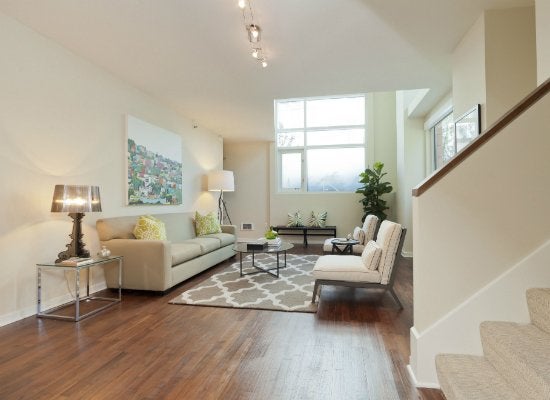
Sometimes what seems like just the right amount of seating for entertaining in your living room can feel overstuffed to potential buyers. “They like big, wide-open spaces, not closed-off rooms,” DeSimone says. The less furniture in a room, the larger it feels, so go ahead and move one or two pieces out.
You Didn't Let the Sun Shine In
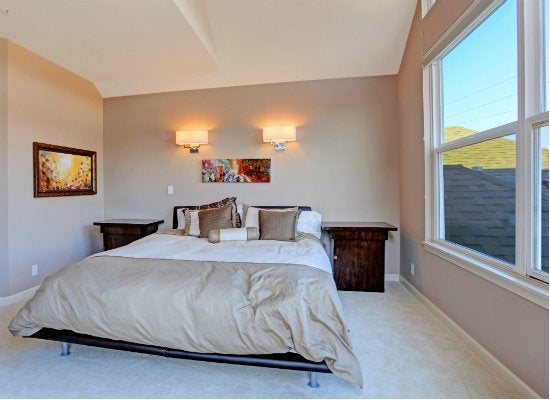
“As much as you can make it seem bright and light, do it,” DeSimone says. “This means taking down dark, heavy window coverings if they’re blocking light.”
You Remodeled
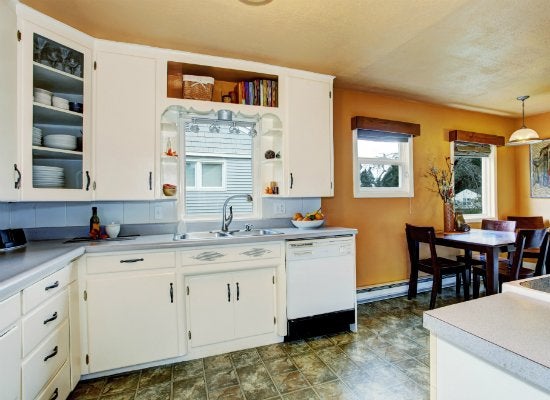
When remodeling, eschew trends in favor of simple updates that hold appeal for the widest possible swath of buyers. In rooms with an idiosyncratic style, prioritize toning it down. Trying to anticipate other people are going to like is a losing proposition. As Kelly says, “Every time new homeowners move in, they have their own ideas.”
You Left Out Photos

While framed family photos are warm and inviting when you have guests over, they only turn off potential buyers. House shoppers want to envision their own family in the house. Before visitors arrive, do yourself a favor and take down all family portraits, diplomas, and children’s art.
You Let Repairs Slide

If a potential buyer makes an offer but maintenance problems are encountered during the home inspection, you could lose the sale. At that point, your home would get relisted—and that doesn’t look good to future buyers. “I can explain away that the first couple changed their minds,” Rogers says, “but the next potential buyer is going to wonder, ‘Why would anyone back out of this beautiful home? What’s wrong here?’”
You Took Bad Photographs

In today’s digital world, you open your house to visitors as soon as you list it online. “The photo shoot is the new first impression,” DeSimone says. Your mission is to ensure that your home is open-house-ready even when you’re taking the photos before the house officially hits the market.

All You Need to Care for Your Lawn & Garden
Keeping your grass green and your plants thriving doesn’t just take a green thumb—it starts with the right tools and supplies.